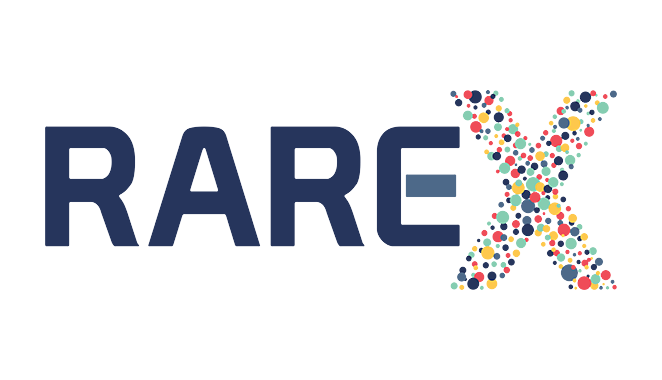Natural History Studies
What is a natural history study?
In order to improve care and develop treatments specific for SETBP1-HD, a better understanding of the disorder is needed. One way is through collecting information in natural history studies. A natural history study is a type of research study that examines how a disease naturally progresses over time. This can be accomplished in many different ways including (but aren’t limited to) questionnaires and surveys collected over time or reviewing past medical records for trends seen among many patients with the same disorder.
Why are natural history studies important?
Hear from Gayatri Rao, MD, JD, Director of Orphan Products Development
How can I participate?
SETBP1 Society has partnered with several organizations with the goal to collect natural history information and bio-specimen samples for individuals identified with SETBP1-HD and SETBP1-related disorder variants. Participating in research studies is an important method for increasing what we know about SETBP1 patients, and accelerating development of future treatments and therapies.
Below is information on the natural history studies, as well as how they complement each other, and work together. And, you can help us speed research efforts right away by building a readily-available pool of data on SETBP1-HD and SETBP1-related disorder.
|
ORGANIZATION Simon’s Searchlight RARE-X
FOCUS Neurodevelopmental and autism Cross-symptom including neurological, GI, motor and vision
WHAT IS INVOLVED Medical history interviews, set of surveys, and bio-samples Series of Surveys
WHO CAN PARTICIPATE Global, participant must speak English, Spanish, French, or Dutch fluently Global, participant must speak English fluently
WHO ACCESSES THE DATA Researchers looking to study SETBP1 Researchers and Companies looking to study symptoms – ADHD, speech, ASD, sleep disorders, etc.
|
More Information
Simons Searchlight is a study, funded by the Simons Foundation, that collects natural history information for families with specific genetic changes that have a known association to neurodevelopmental disorders, like seizures, developmental delay, and/or features of autism including SETBP1.
Simons hosts a secure place to share your genetic, developmental, and medical information. Simons also collects interview and survey data from families, called “patient-reported outcomes” which provide important information that complements medical history. De-identified data is made available to interested researchers, for IRB-approved projects.

